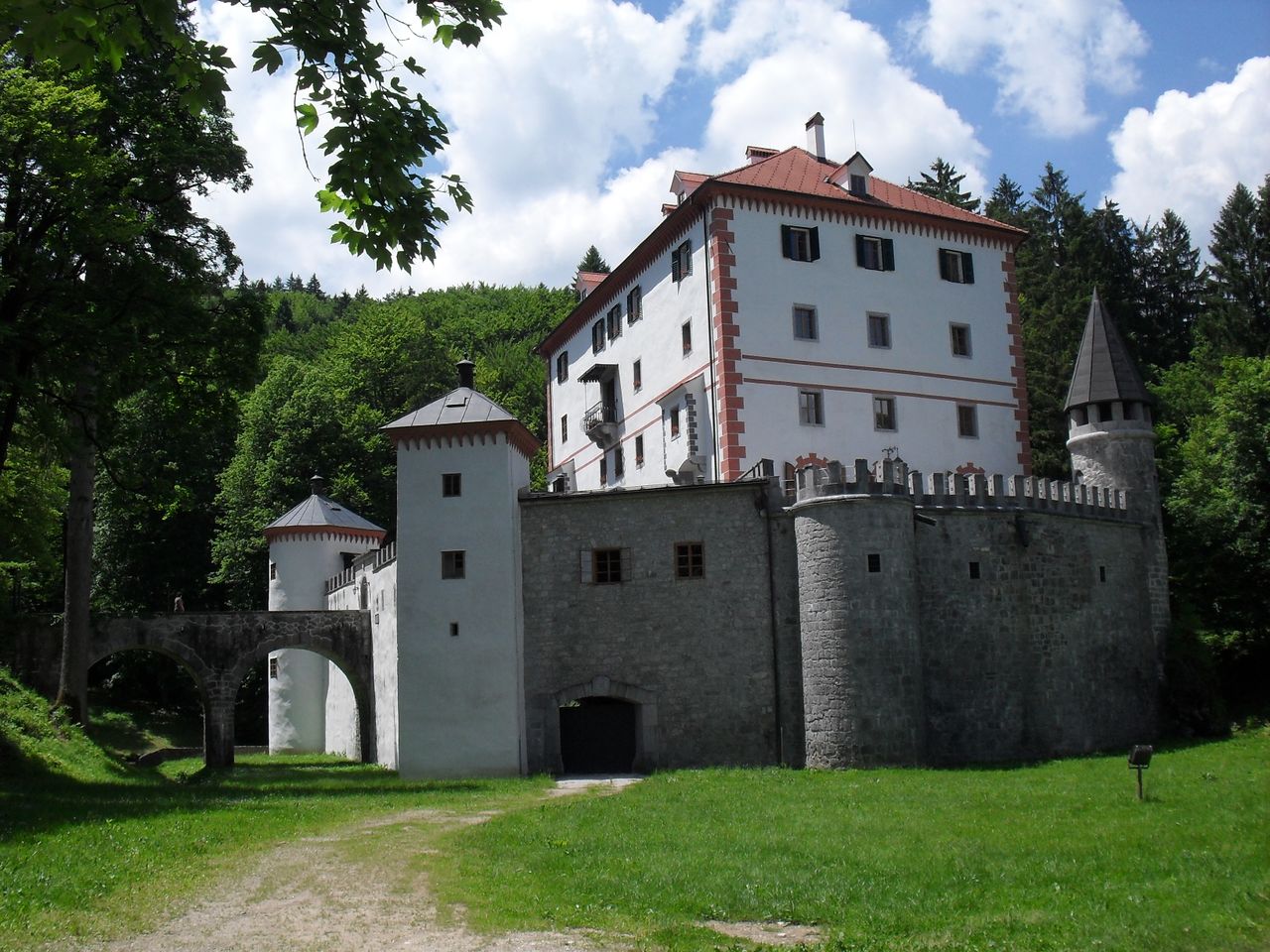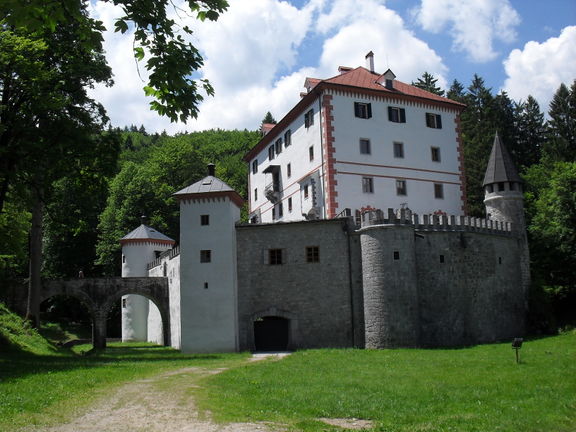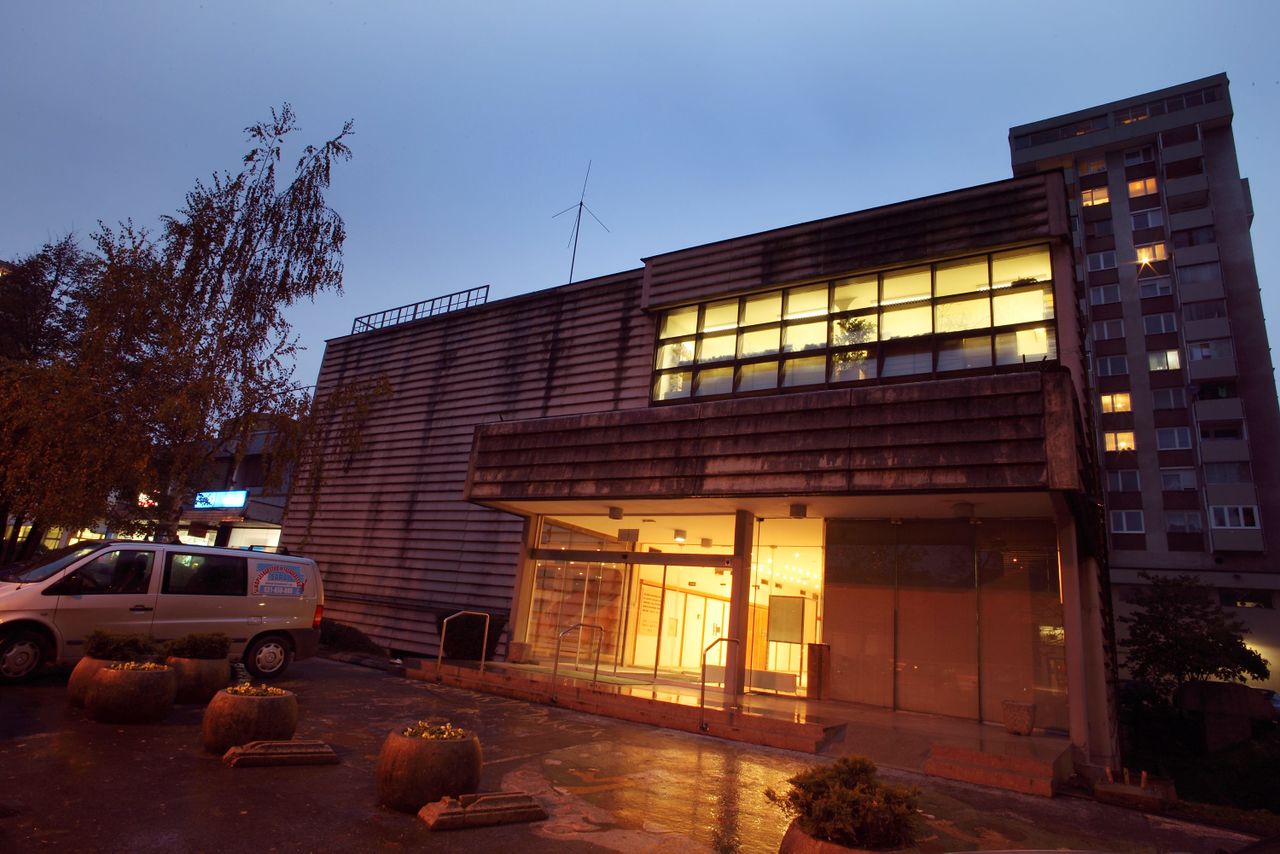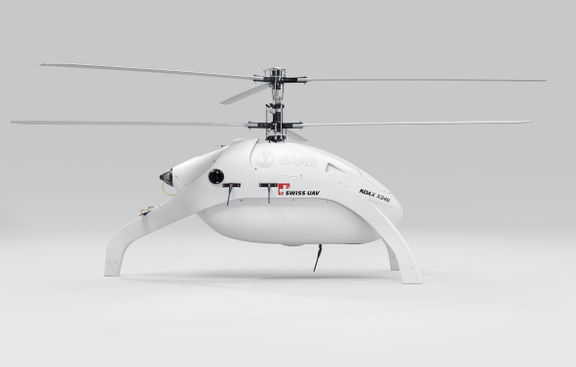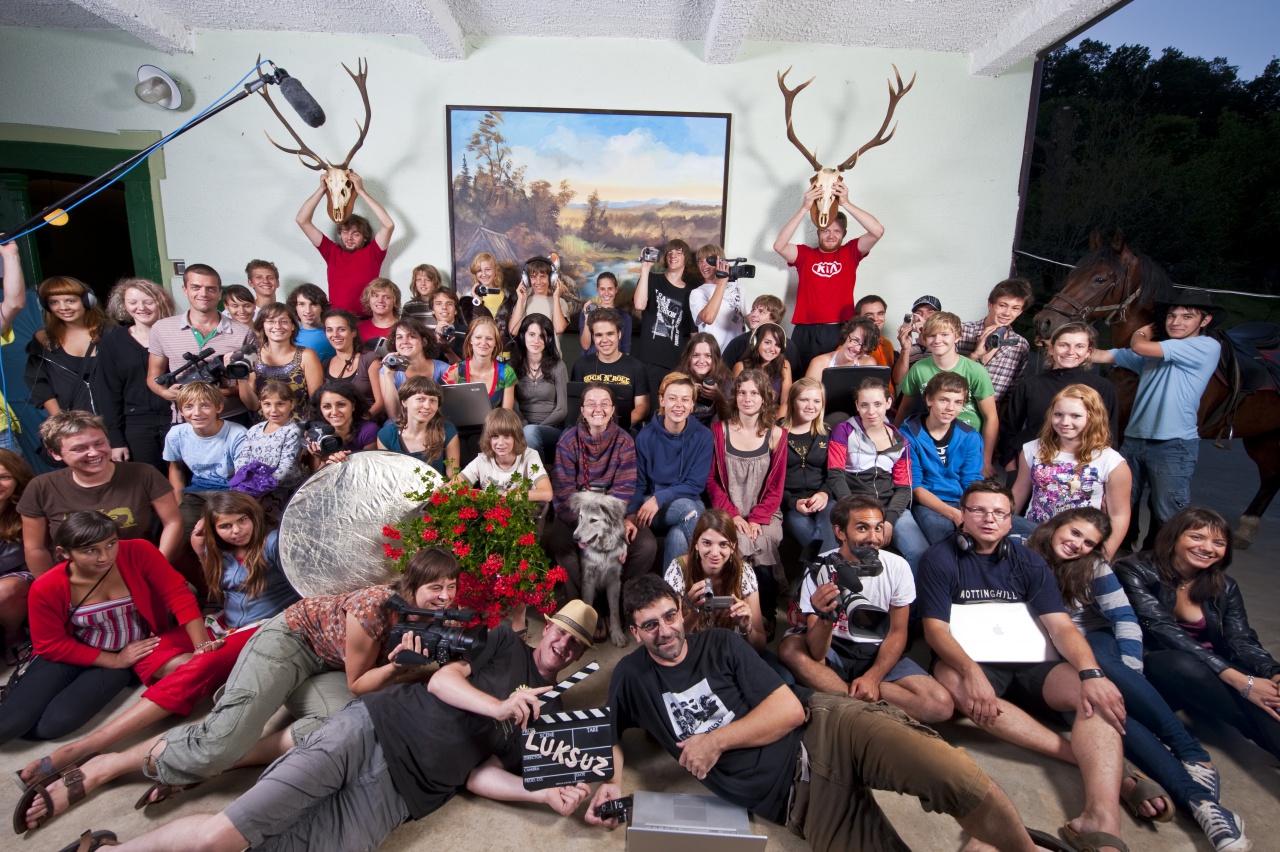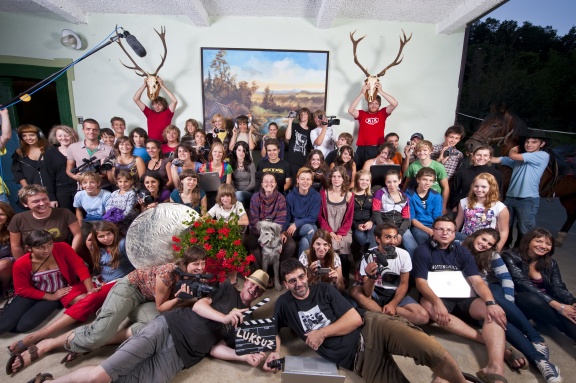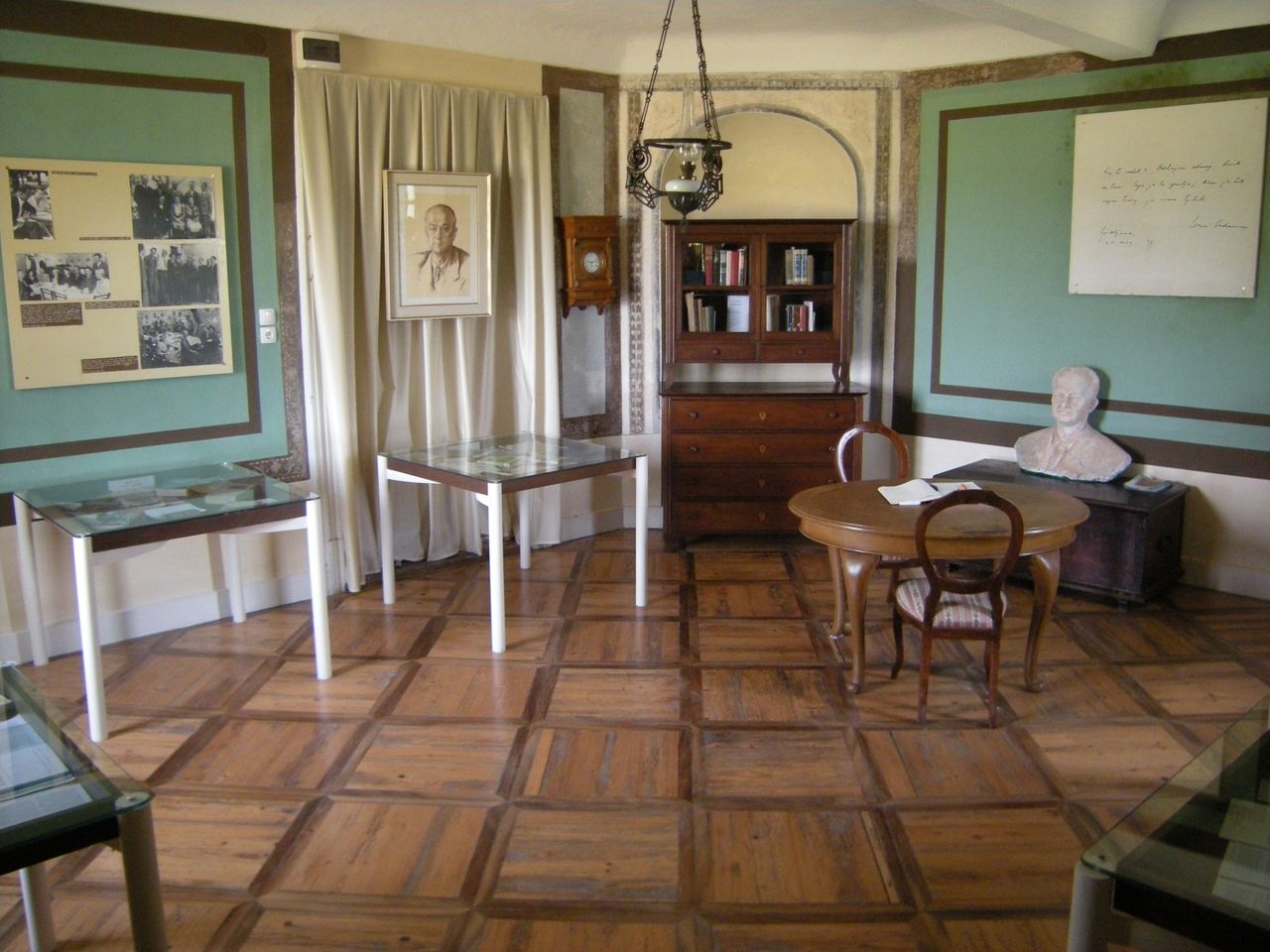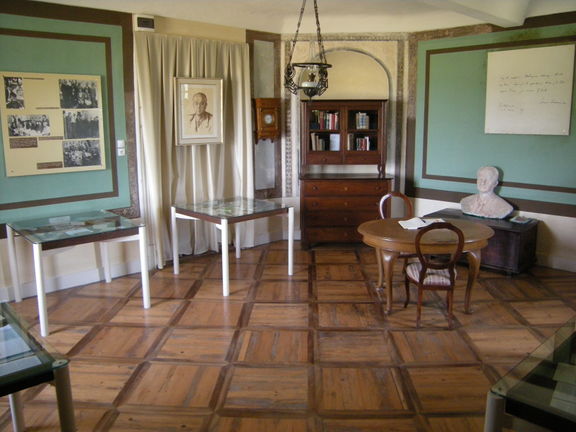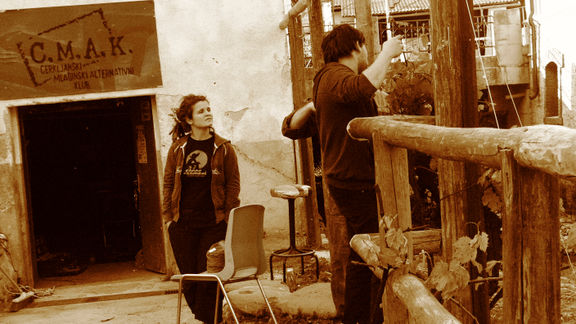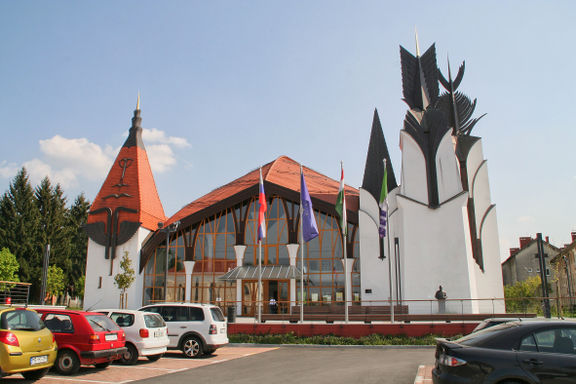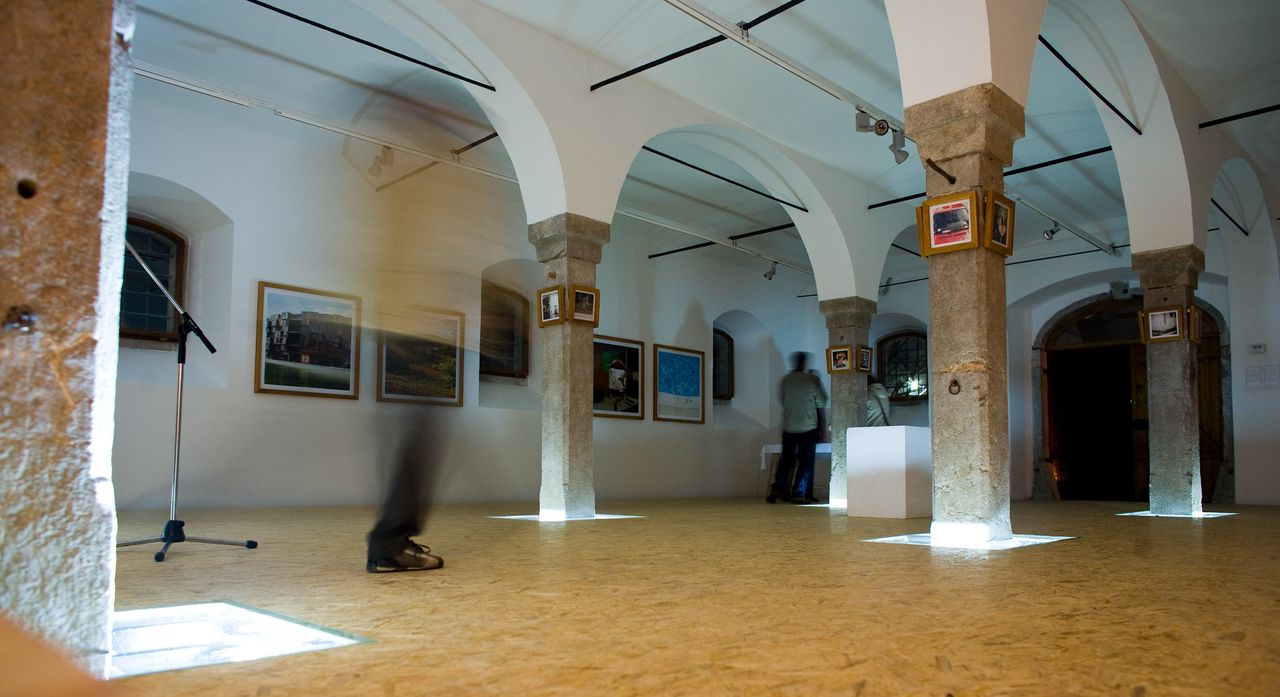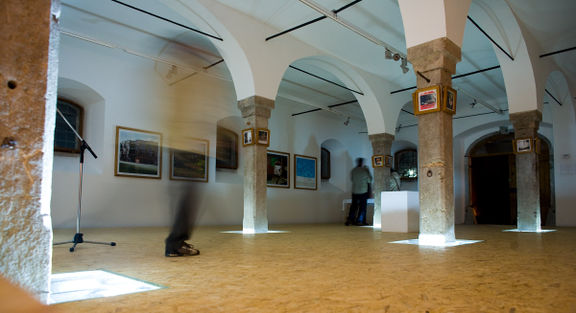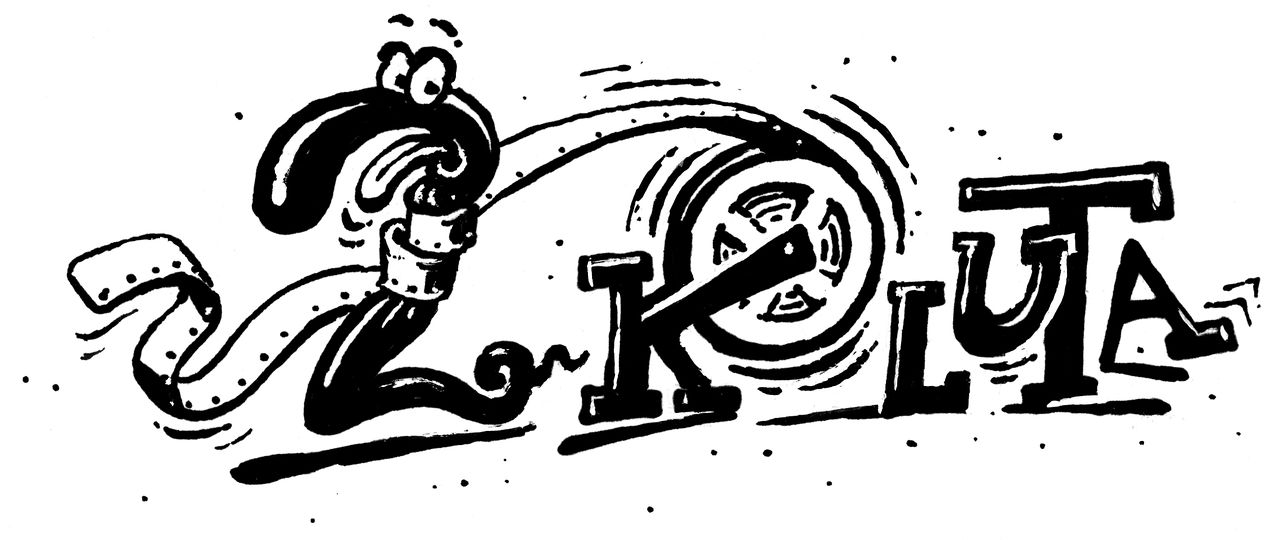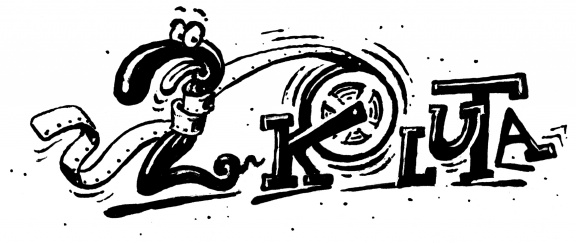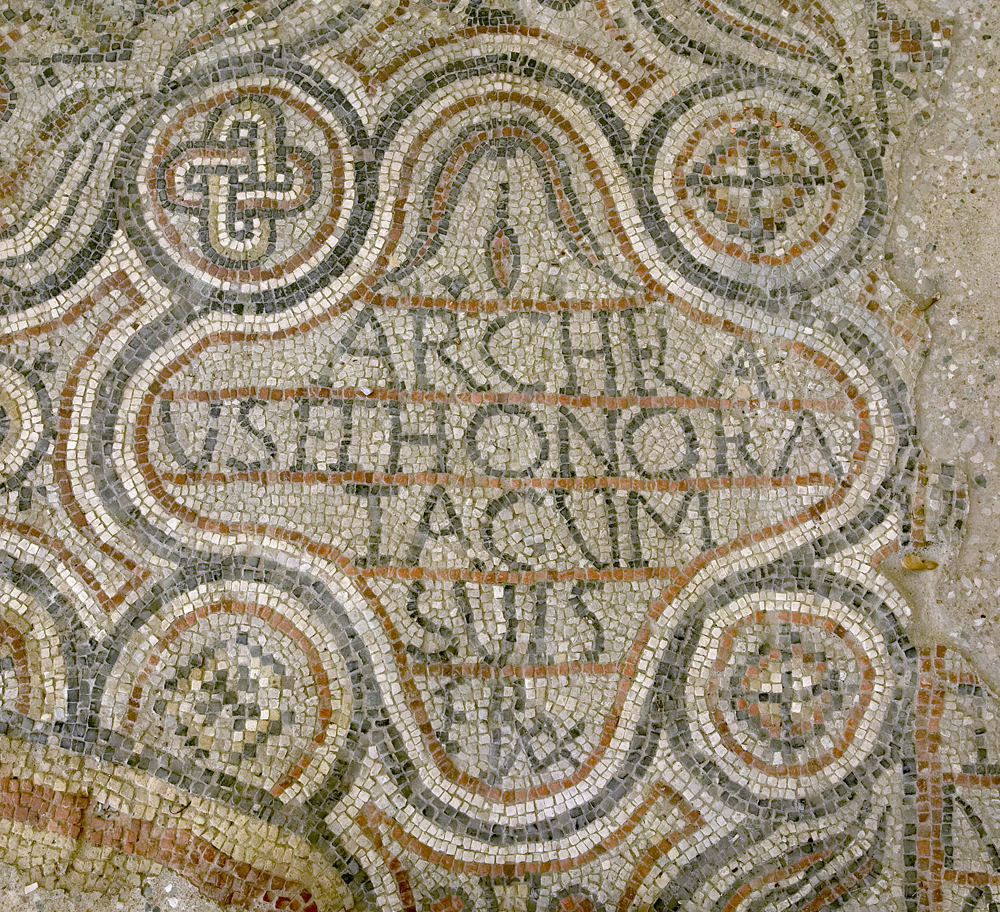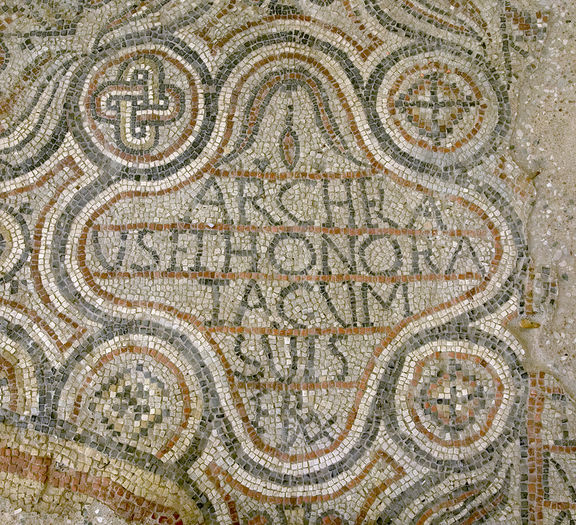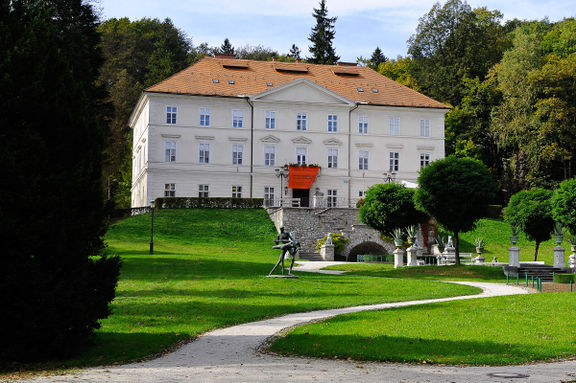Featured
Architecture
Dance
Španski borci Culture Centre
NOT ROBOT, WRITING DONE, NEEDSUPDATE, NOVERIFY, NODEPO, PHOTO, Article, Dance, Theatre & Dance, Theatre, NIFERTIK, Music, INFOBOX, TOPROOFREAD, HAS LOGO, HAS MAP, Public entities, Visual arts, Venues, Literature venues, Literature, Visual arts venues, Articles maintained by Tonko Sekulo, Music venues, Theatre venues, COVER, Cultural centres, Contemporary dance, Dance venues
Design
Month of Design
NOT ROBOT, WRITING DONE, INFOBOX DONE, PROOFREAD DONE, NOVERIFY, NODEPO, Article, NIFERTIK, HAS LOGO, Festivals, Festivals in November, NO PHOTO, Updated 2020, Festivals in October, Architecture & Design, Design, Interior design, Articles maintained by Nina Hlebec, Industrial design, Fashion design, Design festivals, Architecture festivals
Film
Literature
Music
C.M.A.K. Cerkno
NOT ROBOT, WRITING DONE, INFOBOX DONE, PROOFREAD DONE, FERTIK, NOVERIFY, NODEPO, PHOTO, FEATURED, Article, Articles maintained by Anže Zorman, Music, HAS LOGO, Updated 2017, HAS MAP, Venues, Event organisers, Music event organisers, Music festival and event organisers, Workshop organisers, Clubs
New media art
Theatre
Lendava-Lendva Institute for Culture and Promotion (ZKPL-MPIL)
NOT ROBOT, WRITING DONE, NEEDSUPDATE, NOVERIFY, NODEPO, PHOTO, Article, NIFERTIK, INFOBOX, TOPROOFREAD, HAS MAP, Venues, Visual arts exhibition organisers, Exhibition organisers, Event organisers, Festival organisers, Puppetry event organisers, Music event organisers, Music festival and event organisers, Puppetry festival and event organisers, Articles maintained by Tonko Sekulo, Music venues, Concert halls, Exhibition venues, Theatre event organisers, Theatre festival and event organisers, Theatre venues, COVER, Cultural centres, Film festival and event organisers, Film event organisers, Puppetry festival organisers
Visual arts
Simulaker Gallery
NOT ROBOT, WRITING DONE, NEEDSUPDATE, NOVERIFY, NODEPO, Article, NIFERTIK, Maribor, European Capital of Culture 2012, INFOBOX, TOPROOFREAD, HAS LOGO, New media art, NO PHOTO, HAS MAP, Visual arts galleries, Visual arts, Galleries, Venues, Articles maintained by Simon Smole, New media art venues, Photography exhibition organisers
Intangible heritage
2 Reels - Association for Reanimation of Storytelling
NOT ROBOT, WRITING DONE, INFOBOX DONE, PROOFREAD DONE, NOVERIFY, NODEPO, Article, NIFERTIK, Education, Education and research, HAS LOGO, Articles maintained by Ziga Brdnik, Film, NO PHOTO, EU funding of Slovene organisations (Culture and MEDIA Programmes), Updated 2020, Film education, Film education and research, EU MEDIA funding recipient, Publishers, Event organisers, Festival organisers, Literature, Film course and workshop organisers, Literature publishers, Workshop organisers, Film workshop organisers, Literature event organisers, Literature festival and event organisers, EU Creative Europe, MEDIA funding recipient, Literature festival organisers, Animation, Film festival organisers, Film festival and event organisers, Film publishers
Monuments and sites
Museums
International Centre of Graphic Arts, Ljubljana
NOT ROBOT, INFOBOX DONE, NEEDSUPDATE, NOVERIFY, NODEPO, PHOTO, Article, Producers, NIFERTIK, Education, Education and research, WRITING, TOPROOFREAD, HAS LOGO, EU funding of Slovene organisations (Culture and MEDIA Programmes), EU Culture funding recipient, HAS MAP, Public entities, Archives & Libraries, Articles maintained by Simon Žlahtič, Visual arts galleries, Visual arts, Galleries, Venues, Museums, Visual arts producers, Visual arts exhibition organisers, Exhibition organisers, Publishers, Architecture & Design, Event organisers, Design, Archives, Visual arts museums, Design exhibition organisers, Design exhibition venues, Festival organisers, Design exhibition and event organisers, Workshop organisers, Exhibition venues, Visual arts workshop organisers, Municipal cultural institutions, Visual arts event organisers, Photography, Visual arts festival organisers, Visual arts publishers, Visual arts studios, Visual arts studios, workshops and residencies, Visual arts education, Visual arts archives, Visual arts archives and libraries, Photography exhibition organisers, Comic art, Comic art exhibition organisers



